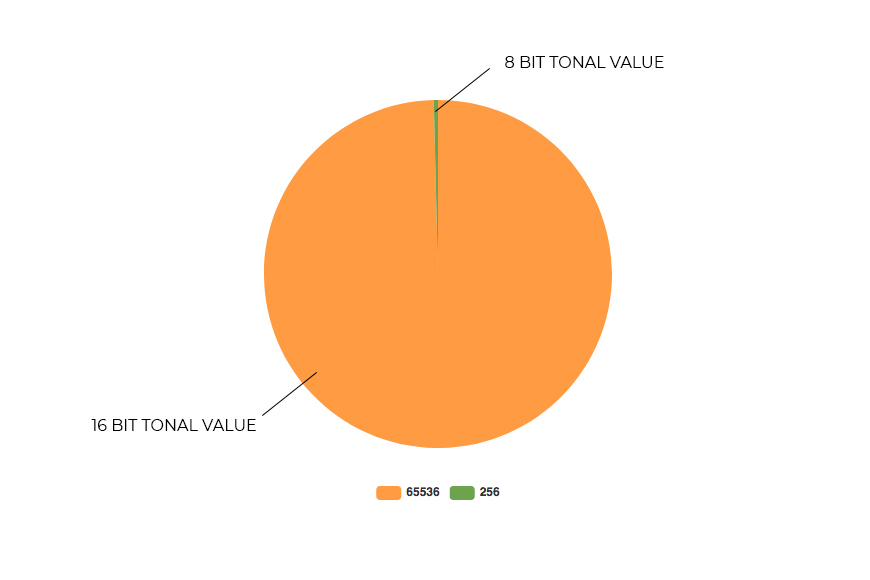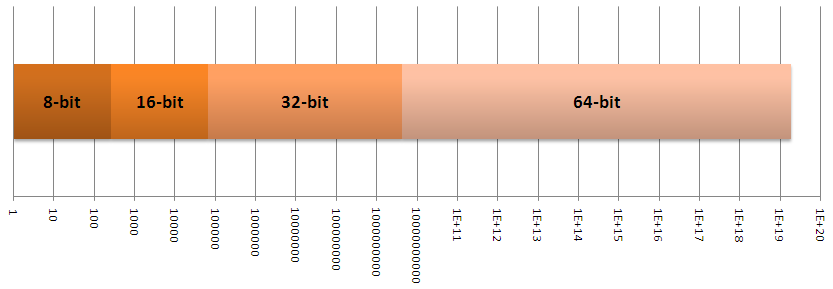
Would I be able to learn anything from this? I can then calculate the power of this signal. I can then read the two files into MATLAB/Python, and subtract the two signals from each other. I thought of taking the 24 bit file and converting it to 16 bits using the Linux SOX command. The other is wind noise, that is generated by the way we deploy - our ethics clearance only allows dipping hydrophones and floating buoys. The main noise source is "shrimp snapping".

Is there a way that I can theoretically "estimate" the effective bit resolution? However, I believe that this is an overkill. The H1N can save the file as a 24 bit WAV file. I have managed to record some common dolphin, common bottlenose dolphin and Humpback whale sounds - which I can share if anyone is interested. I used a ZOOM H1N recorder and a Hydrophone ( ) to make the recordings. I've been using 44.1 kHz (I set a relatively steep roll-off for audio frequencies above 18 kHz, so I think this is adequate), but I wonder if distortion is a problem at 44.1.I have various. Regarding sample rate, you do have the option to export from 44.1 kHz all the way up to 192 kHz in the export menu. In which case LMMS has been exporting 24-bit all along. I suppose it probably only matters when you are working with stems for production purposes. When it comes to electronic music, 96 dB is all you need people rarely listen to music at a level above 100 dB at home and although clubs go up to 110 dB, you can't hear anywhere close to 14 dB anyway. Because after reading your response, I came to the realisation that 16-bit WAV 44100 Hz is identical to the CD standard (at least I think so, correct me if wrong), and I know that CD quality has a dynamic range of 96 dB. If it's mainly an issue of dynamic range, then it doesn't matter much if I export the final product at 16 bits because all my tracks are dynamic range compressed anyway (I don't want to be part of the loudness wars, but it's not really a choice in 2020). When a fellow producer is listening to my songs, I must provide hq copies since they are knowledgeable about this and some care about smol details If youre from a developed country where Internet is stable, shouldnt be a problem.

WAV 8 BIT VS 16 BIT DOWNLOAD
On an unrelated note: but they (my mates) get "off" when it's high quality + very big file size, larger bandwidth needed for data to stream if you provide the master file for download or playing on lossless/uncompressed audio stream. I'm only implying they dont really care about the tiniest details like when the high end freq gets capped due to compression or it's very little bit softer because it used 16 bit instead of 24) Therefore it doesnt matter much - they dont care if its a WAV or crappy compressed mp3 as long as the sound, the singing parts, instruments, percussion etc etc are still distinguishable. Heck, even my classmates download music illegally on Youtube to mp3 sites on an mp3 128 kbps format (mp3 is "always" 16 bit) and when they blast the songs on class event parties & competitions/performance (before covid) no one gives a sh*t on the sound quality. Some people and lay persons would never notice, let alone thinking if its important, except audiophiles. And the hi end frequencies might sound better if combined with higher samplerates, sadly there seems to be no settings for LMMS to change the rate other than 41k something Which means, a louder song is more compatible to 24/32 than 16 bit.
WAV 8 BIT VS 16 BIT 32 BIT
But from what I know, 16 bit can handle less dynamic range than the bigger values eg 24 bit or 32 bit float.

I couldnt tell too, as a self taught myself and using average headphones. I can't hear the difference, but I wonder if people can and if they think it matters. The question is that is there any noticeable difference between the two for the average home producer? wav all along in audacity while LMMS exports 32 (or 24?) bit files. However I noticed today that I've been exporting 16-bit. I do most mixing within LMMS, but I also use Audacity to do a few things such as adding a second of silence at the beginning.


 0 kommentar(er)
0 kommentar(er)
